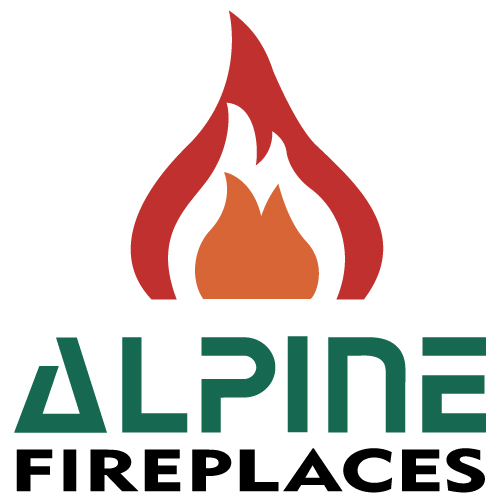5 Things to Consider When Choosing a Stove Heater for Your Tiny House
 The most wonderful aspect of tiny-home living is how easy it is to heat up a small space on a freezing winter day. Start up the gas, pellet, or wood stove, and you have a cozy room in minutes.
The most wonderful aspect of tiny-home living is how easy it is to heat up a small space on a freezing winter day. Start up the gas, pellet, or wood stove, and you have a cozy room in minutes.
Choosing which type of stove to use in your tiny home takes a bit longer. There are important safety and design issues to consider before selecting a final model of heater. Make a checklist of the following requirements to help you choose the heating stove that’s right for your tiny space.
The Fuel Source
This is a key decision to make when it comes to long-term heating. If your tiny home is located off the grid in the middle of the forest, you have an abundant source of firewood. However, many smaller wood stoves require custom-cut wood under 12 inches in length, so take into account the work involved in preparing the fuel to burn.
Stoves fueled by propane or natural gas are options that are far more clean-burning and friendly to the environment. If you have a ready, affordable source of these fuels, either type of stove is a good choice for a tiny home. It’s even possible to build a small exterior enclosure for a larger portable propane tank if you want your tiny home to be more self-contained and mobile.
Pellet stoves are another option in the tiny home. Remember that you need a safe, dry place to store firewood or pellets if you purchase these heating materials in bulk.
The Heater’s Footprint
One you know where you want your heater located in your tiny house, measure the area to determine the maximum allowed footprint in the location. This includes fireproof padding on the floor as well as any clearances or venting spaces required.
Will the stove or insert impede foot traffic or be too close to flammable furnishings? Is there room for an adequate stovepipe or other venting method? Knowing how much space you have to work with in the installation spot helps you narrow down your choices.
The Square Footage to Be Heated
If your tiny home has less than 300 square feet of space to heat, you have many options for heaters that put out enough warmth for comfort. Heaters are rated according to the amount of BTUs (British thermal units) they produce, and a BTU rating of only 9,046 is enough to heat a space that’s 280 square feet in size. There are tiny boat and cottage heaters—as well as standard stoves—that are able to produce twice that amount of warmth.
Calculate the square footage in your tiny house, but also calculate how high your ceilings are, since heat rises. If your home is drafty in places or has a weird floor plan that makes it difficult to heat all of the space with one source, you should install a more powerful heater than you’ll need, or consider placing two very small cottage heaters in divided spaces.
The Clearances Required
When it comes to gas and wood stoves, clearance is defined as the space between the outer edges of the stove and any nearby walls. Clearances for objects above, below, and surrounding the stove are also a factor. The National Fire Protection Association recommends that you have at least an 18-inch-square fireproof pad below your wood stove, 36 inches of clearance from an unprotected wall, and 18 inches of clearance from a protected wall. (A protected wall is one with a metal or other fireproof barrier between the stove and the wall.)
Since space is at a premium in a tiny home, there may not be enough clearance available for larger wood stoves. Fortunately, manufacturers offer a wide variety of gas stoves that don’t require extensive clearances.
You can have a safe, reliable stove in your tiny home as long as you heed the clearance requirements of the specific stove you choose. Having an experienced stove installer handle the job is the best way to guarantee that your stove clearances are adequate and safe.
The Stovepipe and Venting
In tightly constructed tiny homes, your gas or wood stove will be very efficient. But it needs to vent somewhere. Depending on the model of stove you choose, you need some sort of stovepipe to carry smoke and fumes outside. You also need to evaluate the site where your tiny home is situated to make the most of the prevailing winds.
When evaluating stove-type heaters, it’s important to note how high the stovepipe’s end must be located above the roof. For a wood heater, the stovepipe may need to extend well above the roofline. This isn’t exactly desirable if you’ll be moving your tiny home often. Gas stove venting is often less elaborate than wood stove venting. Look for stoves with rear-venting options if you want to have the least amount of pipe inside your tiny home.
Take the guesswork out of choosing a stove for your tiny home when you contact the experts at Alpine Fireplaces. They have the experience and knowledge to help you choose, install, and maintain your tiny home’s stove so it’s safe and efficient for years to come.


